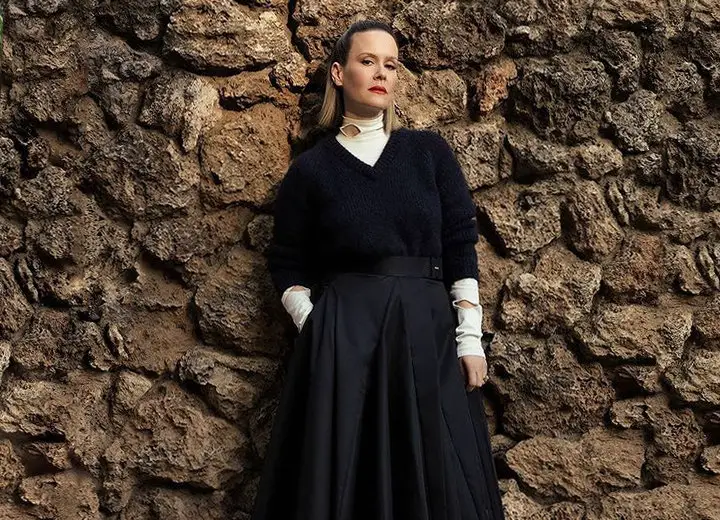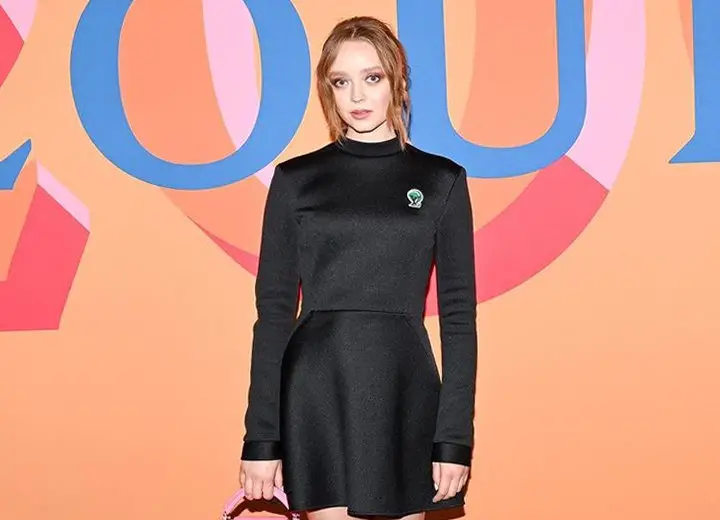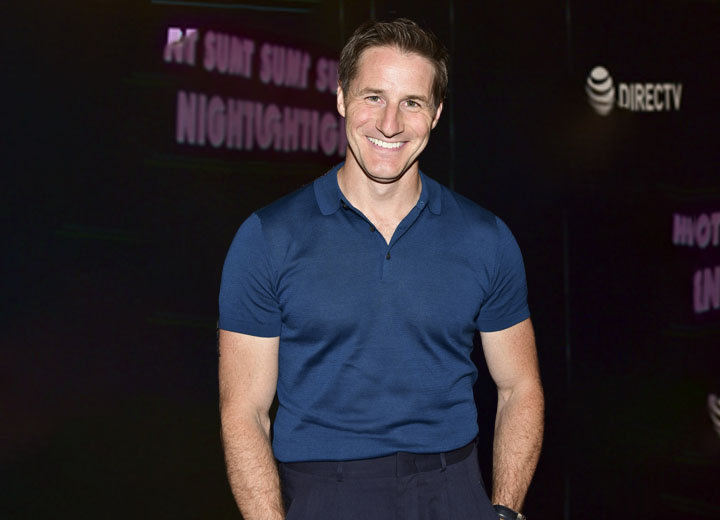How Superhero Landing Pose Has Its Origins in Japan

Superhero movies look distinctly different from non-superhero movies. Whether it be the fantastical visuals made possible by CGI or the way the characters move and behave, they have a certain flair to it.
One thing in particular that screams “superhero” right off the bat is the impractical but cool-looking poses known as the superhero landing pose.
The unique posture that has become mainstream and prevalent in almost every superhero movie or series was first introduced to many through Iron Man. The iconic pose has since been replicated in many movies including Deadpool, Black Widow, Captain America: Civil War, and more.
While these movies have used the pose to accomplish different things — Captain America: Civil War used it to make Spiderman’s entrance awe-inspiring while Black Widow and Deadpool used it for comedic relief — it’s apparent that it has become commonplace.
But what exactly is the origin of this superhero landing pose? Jon Favreau, the director of Iron Man, said he got the inspiration for the pose from the cover of The Invincible Iron Man #76 (1998) by artist Adi Granov.
His [Adi Granov] artwork provided a lot of inspiration for the film, and he helped us design the character’s look for the movie.
We can credit Granov and Favreau for bringing this iconic pose to the MCU. But the superhero landing pose is believed to have originally come from Japan. To this day, it is present in many Japanese manga, anime, movies, and shows.
When talking to The Star, Granov revealed the inspiration for the cover art of The Invincible Iron Man #76 came from Japanese mech, where anime and manga characters do such poses.
Superhero Landing Pose in Japan
Dramatic poses are quite common in Japan. Even more so than in Hollywood superhero movies. From TV commercials to movies and anime, they can be found almost everywhere.
Three-point landing, now commonly known as the superhero landing, is thought to have been adopted into American comic books from Japanese television by artists in the 60s and 70s. And while this tradition of dramatic poses only appeared in Japanese television in the 20th century, it started much earlier.
The practice of making exaggerated poses can be traced back all the way to the 17th century when it was used in Kabuki Theaters. Linzi Loveridge of Anime News Network shared that some poses used in theater somewhat resemble today’s superhero poses.
There is a tradition called mai when actors wearing ornate, cumbersome costumes would strike a pose to enhance the dramatic moment. There is a mai pose that is somewhat similar to the Superhero Pose.
Despite the cool points the characters get for doing such poses, it’s been pointed out many times that they are incredibly impractical and sometimes ridiculous. Maybe because of this, there haven’t quite been any other dramatic poses that have found success in Hollywood.
However, that’s not the case in Japan, and anime, one of Japan’s most loved media categories, fully embraces these dramatic poses. One example in particular that stands out would be the Jojo pose trend that has gone viral on many platforms such as TikTok.
With anime being a medium based on drawings, it’s much more separated from reality when compared to Hollywood movies and has the luxury to make full use of these poses.





